
Mochiliante

Mochiliante
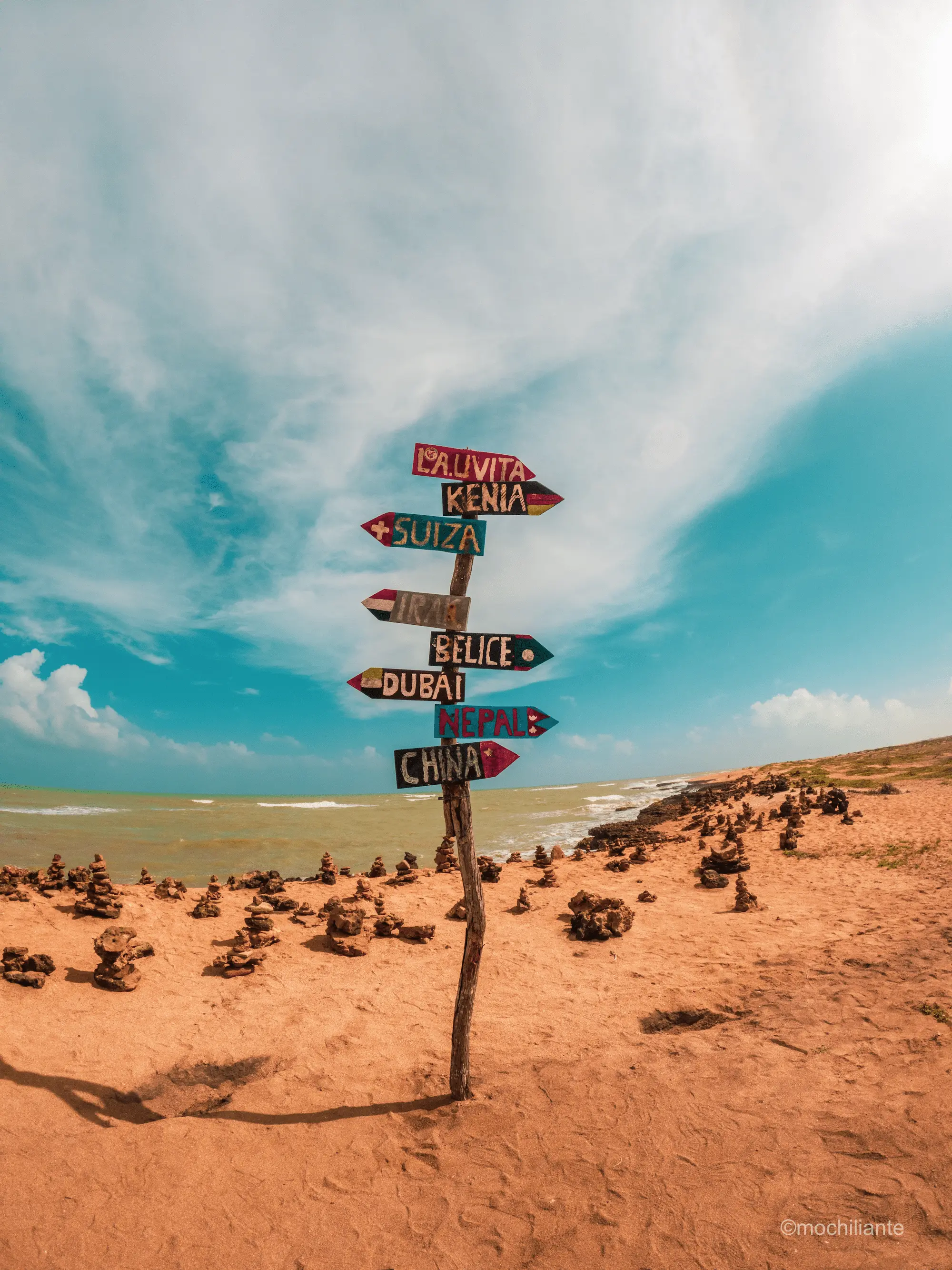
Did you know that in La Guajira you can find deserts that blend with the sea and an ancestral culture full of colors and tradition? It seems like a place out of a dream, but it's 100% real. If you've always wanted to visit this magical corner of Colombia, here's a practical and friendly guide to make your trip unforgettable.
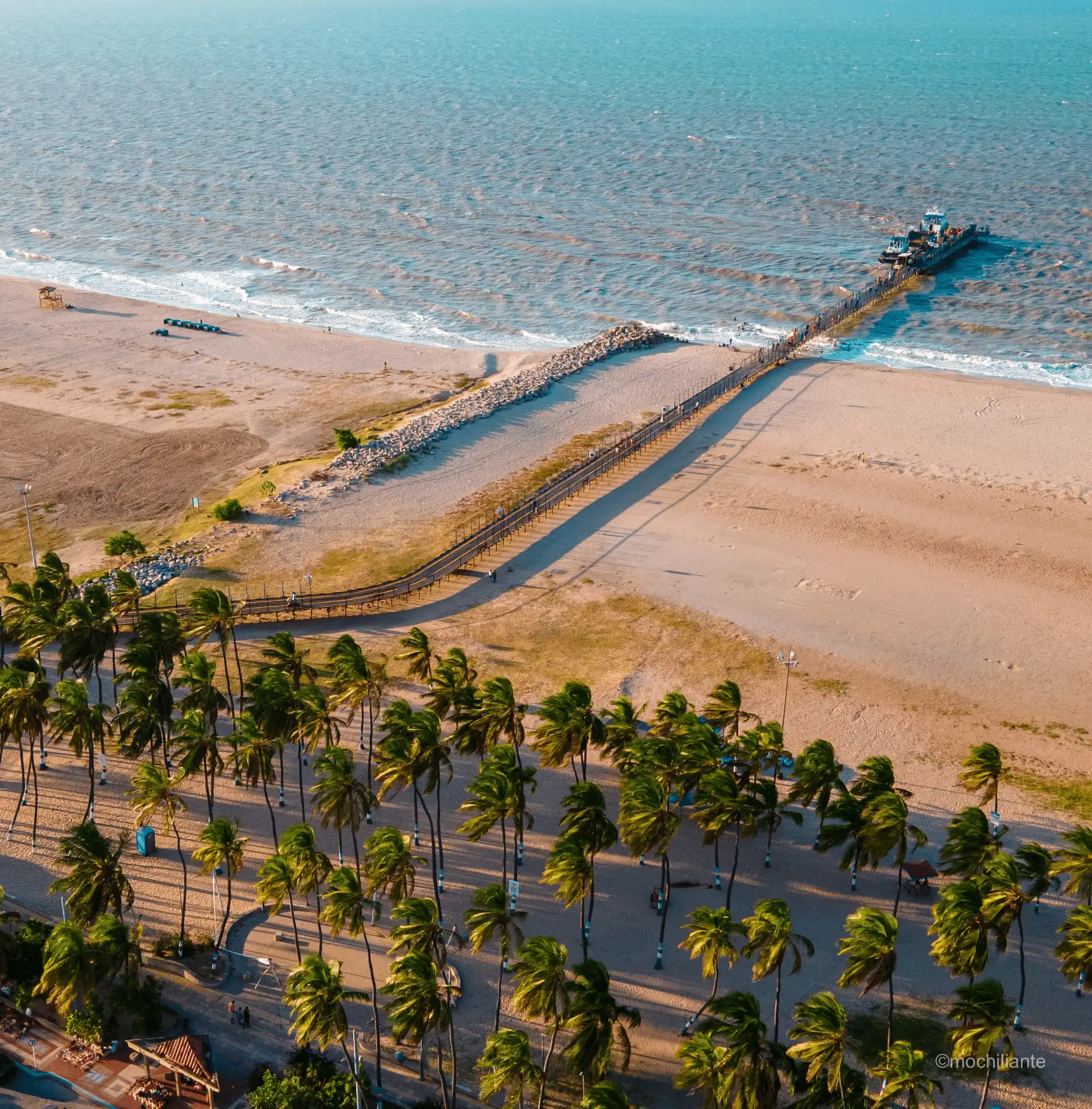
La Guajira borders the Caribbean Sea to the north and east and the Republic of Venezuela, to the south with the department of Cesar and to the west with the department of Magdalena. With an area of approximately 20,848 km2, it represents 1.8% of the Colombian national territory.
Fun fact: La Guajira is home to the indigenous Wayuu people, whose culture and traditions are fundamental pillars of the region.
From Colombia: By plane: The nearest airport is in Riohacha. From there, you can take ground transportation to the main destinations. By land: You can take buses from nearby cities like Santa Marta for $45,000 COP or Barranquilla for $75,000 COP.
From abroad: Fly to Cartagena's international airport and from there you can take a bus that connects to Riohacha for $90,000 COP.
Tip: If you arrive from abroad, make sure to exchange your currency in cities like Cartagena, as it is more difficult to find exchange houses in La Guajira.
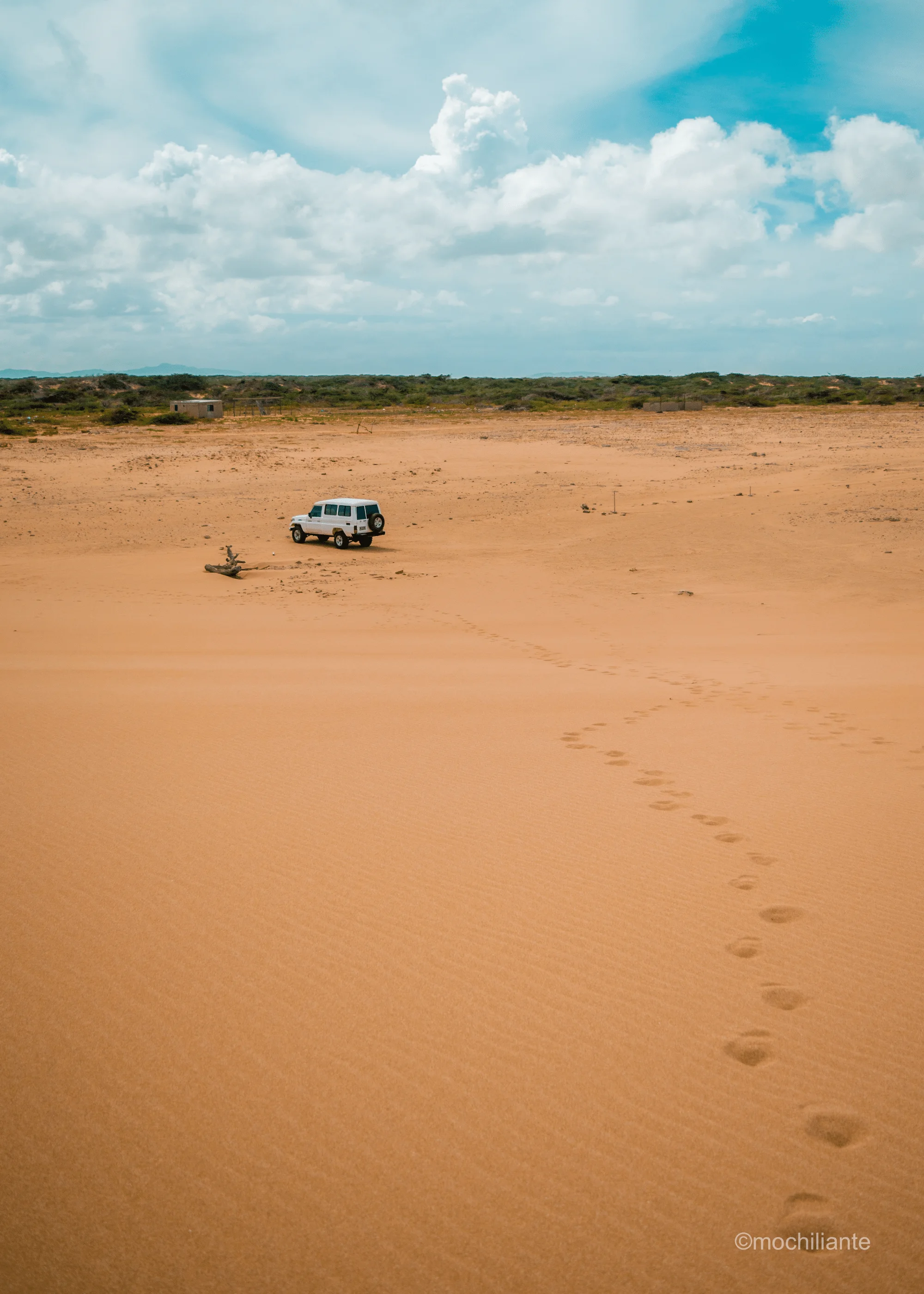
In La Guajira you will find options for all tastes, from rustic ecolodges to budget hostels.
Guajira House: is located 8 min walk from Playa de Riohacha and offers an outdoor pool and garden, as well as accommodation with air conditioning, patio and free wifi. Click here to book.

We recommend you to stay in the wayuu rancherías, traditional accommodations that immerse you in the local culture. Here you can interact closely with the indigenous communities, enjoy their hospitality and learn about their customs while resting in an authentic and full of history environment.
The Viejo Moi Hospedaje & Restaurante is in Cabo de la Vela, a few steps from Playa del Cabo de la Vela, and offers accommodation with garden, free private parking, terrace and restaurant. The hostel has family rooms. Click here to book.

Rancheria Utta has a garden, private beach area, shared lounge and restaurant in Cabo de la Vela. The hostel, which has a bar, the rooms have a private bathroom and bed linen. Click here to book.

La Guajira is the ancestral home of the Wayuu, an indigenous people known for their historical resistance and their iconic woven backpacks. During the Spanish colonization, the region was a bastion of independence, as the Wayuu successfully resisted domination. In addition, its coasts were a strategic point during the colonial era, serving as a refuge for pirates and traders.
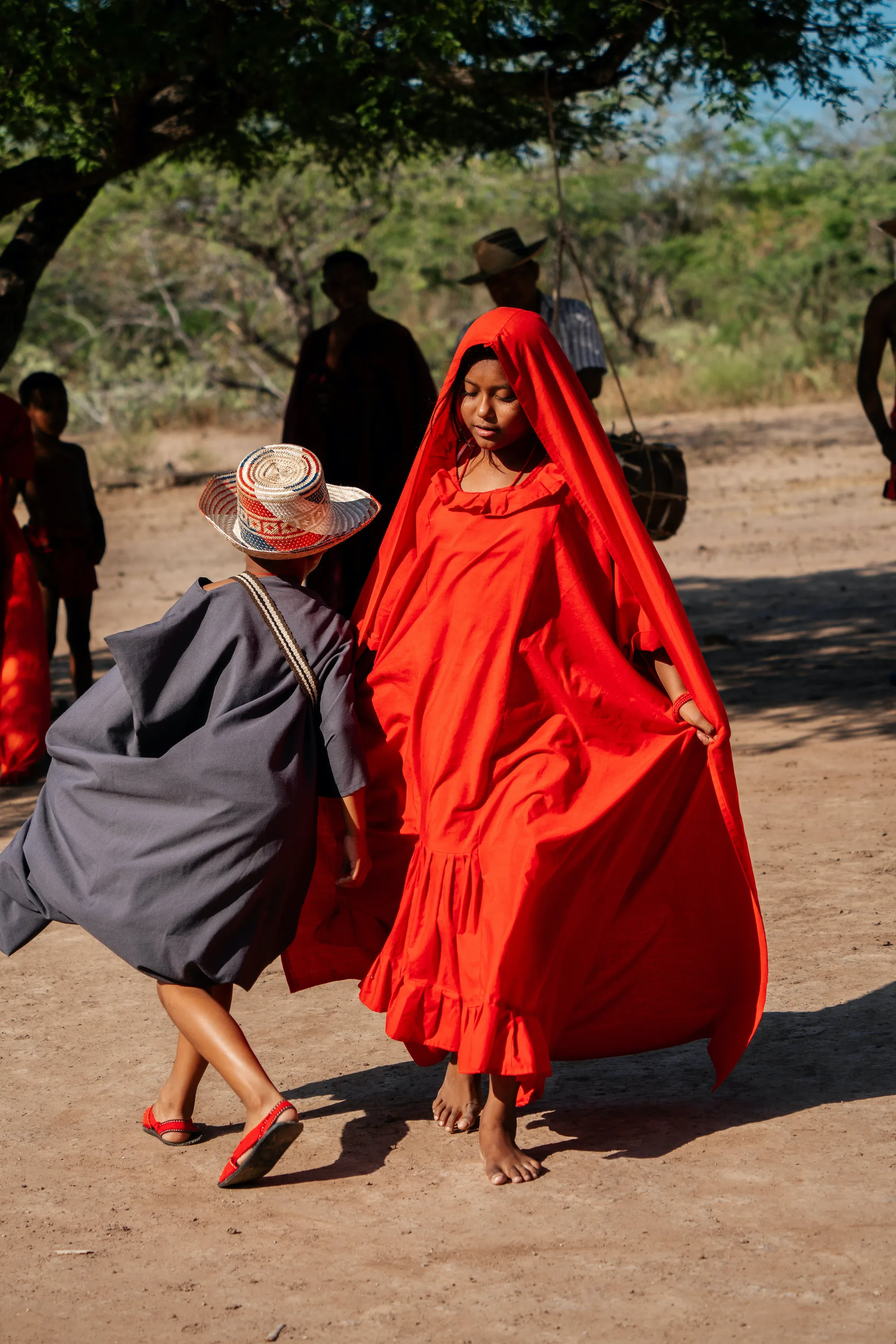
Photo by: Jhonny Salas
Today, La Guajira remains a place where history and modernity intertwine. While in urban areas like Riohacha you can observe commercial and tourist development, the Wayuu communities in the desert continue to live according to their ancestral customs.

La Guajira is a destination that combines adventure, culture and nature. Here is a list of must-do activities:
Manaure Salt Flats: For nature lovers, the Sanctuary of Fauna, Flora and the Manaure Salt Flats are places full of life and beauty.
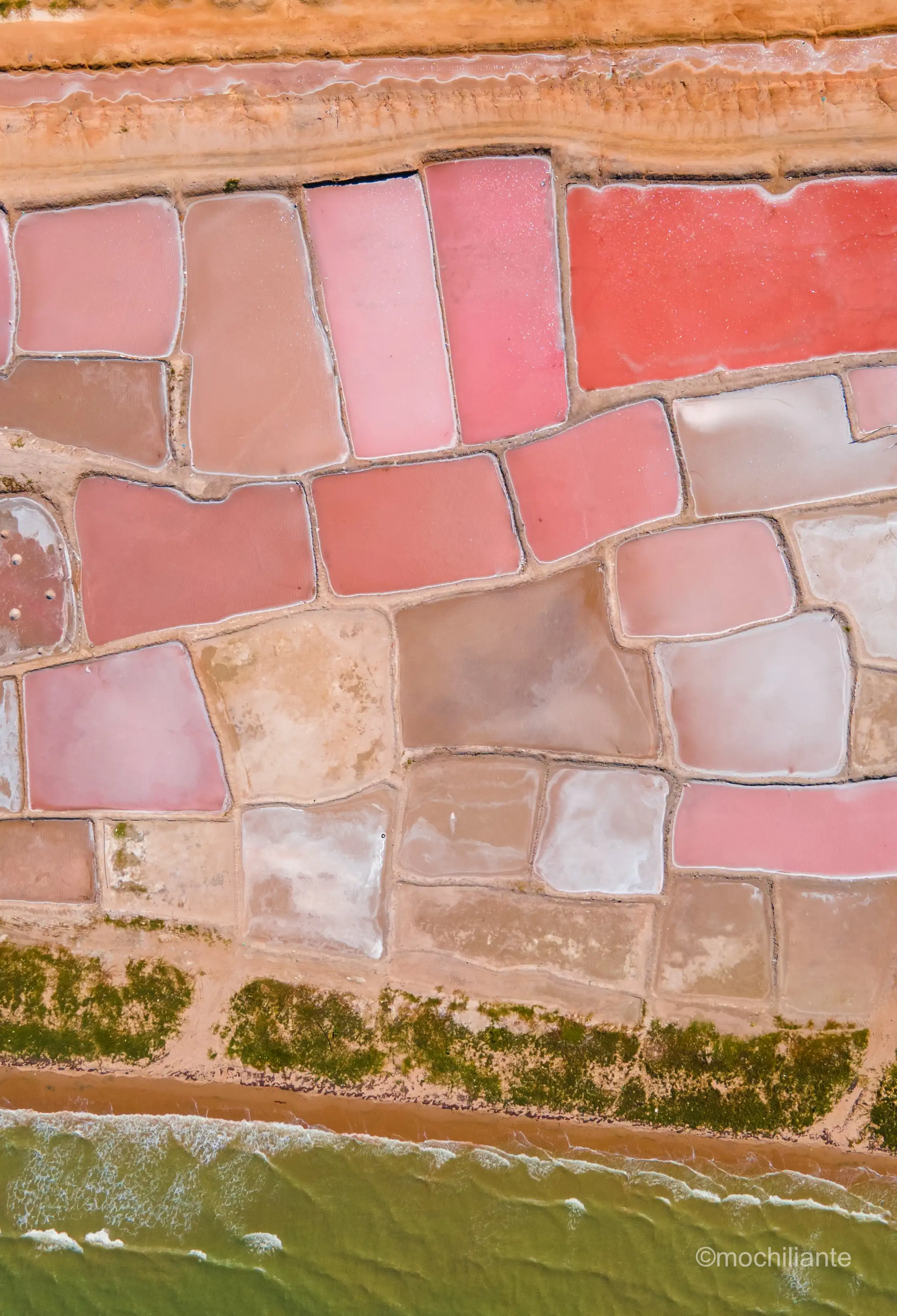
Explore Cabo de la Vela: This place combines quiet beaches, magical sunsets and an atmosphere that invites relaxation and introspection.
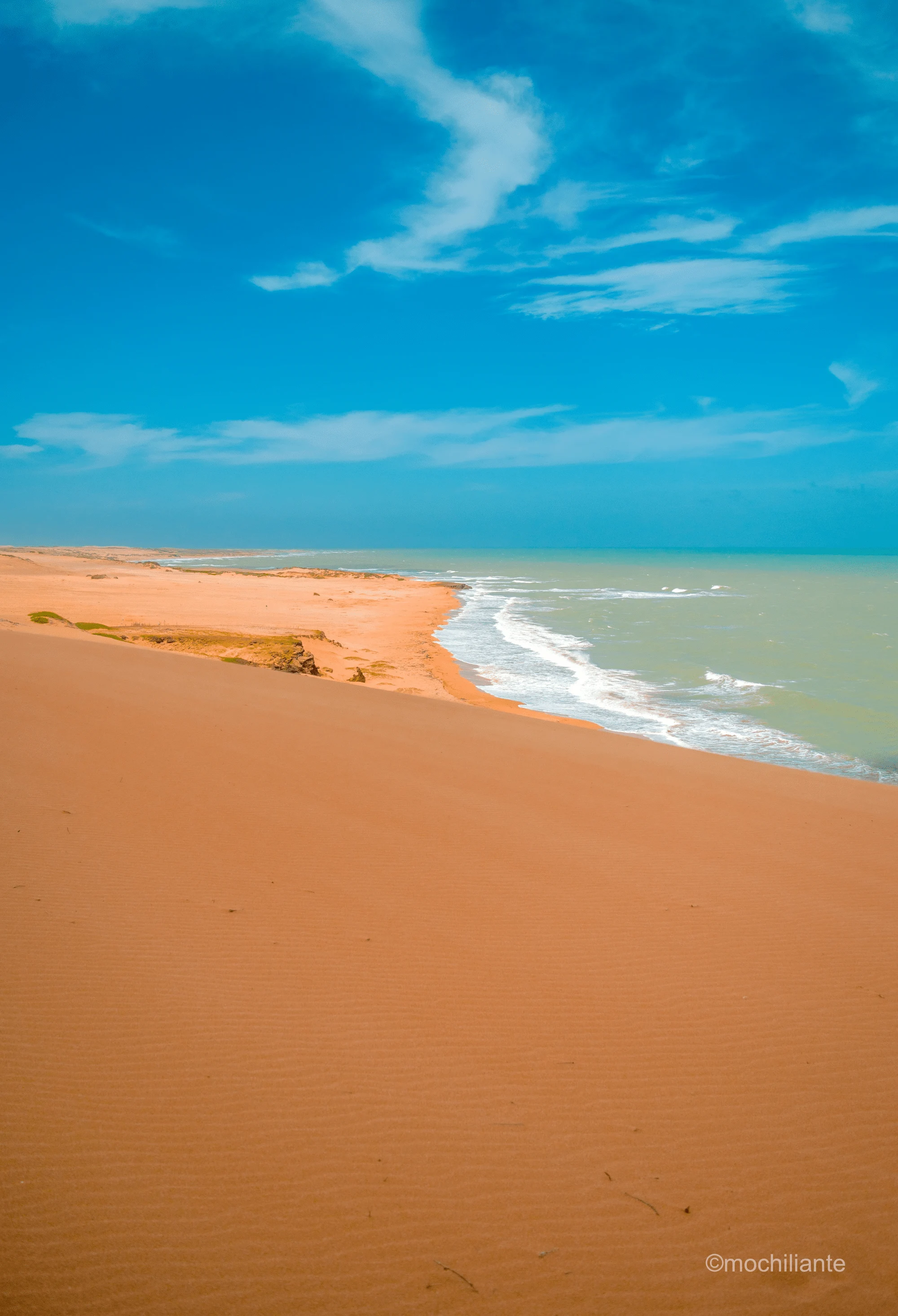
Tour the Punta Gallinas desert: the northernmost point of South America, offers unique landscapes where the desert meets the sea. Visit the Taroa dunes, the lighthouse and Bahía Hondita.

Meet the Wayuu women:
La Guajira is the opportunity to interact with the Wayuu women, who are the guardians of the tradition and culture of their community. These women play a central role in the transmission of ancestral knowledge, and their legacy is reflected in their crafts, their language and their customs.
.webp)
Photo by: Jhonny Salas
Visit the Los Flamencos Fauna and Flora Sanctuary:
Here you can observe a wide variety of birds, including pink flamingos, and marvel at the vast expanses of salt that extend as far as the eye can see.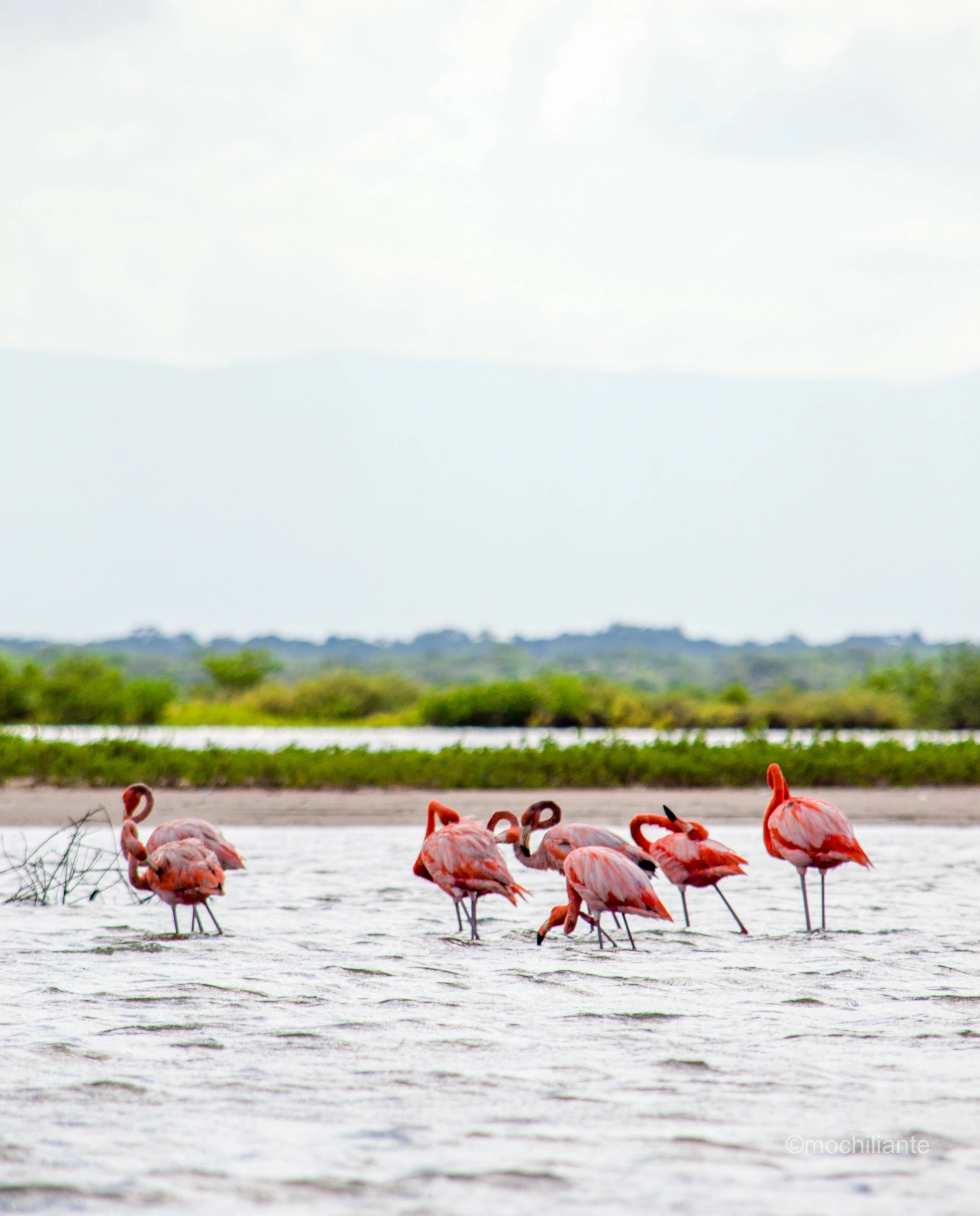
Festivities in La Guajira: Highlights the Francisco el Hombre Festival in Riohacha, dedicated to vallenato music, emblematic of the Caribbean coast. In addition, literature has a significant influence in the region, with Gabriel García Márquez inspired by the stories and legends of Guajira to create works such as "One Hundred Years of Solitude" and "Love in the Time of Cholera".
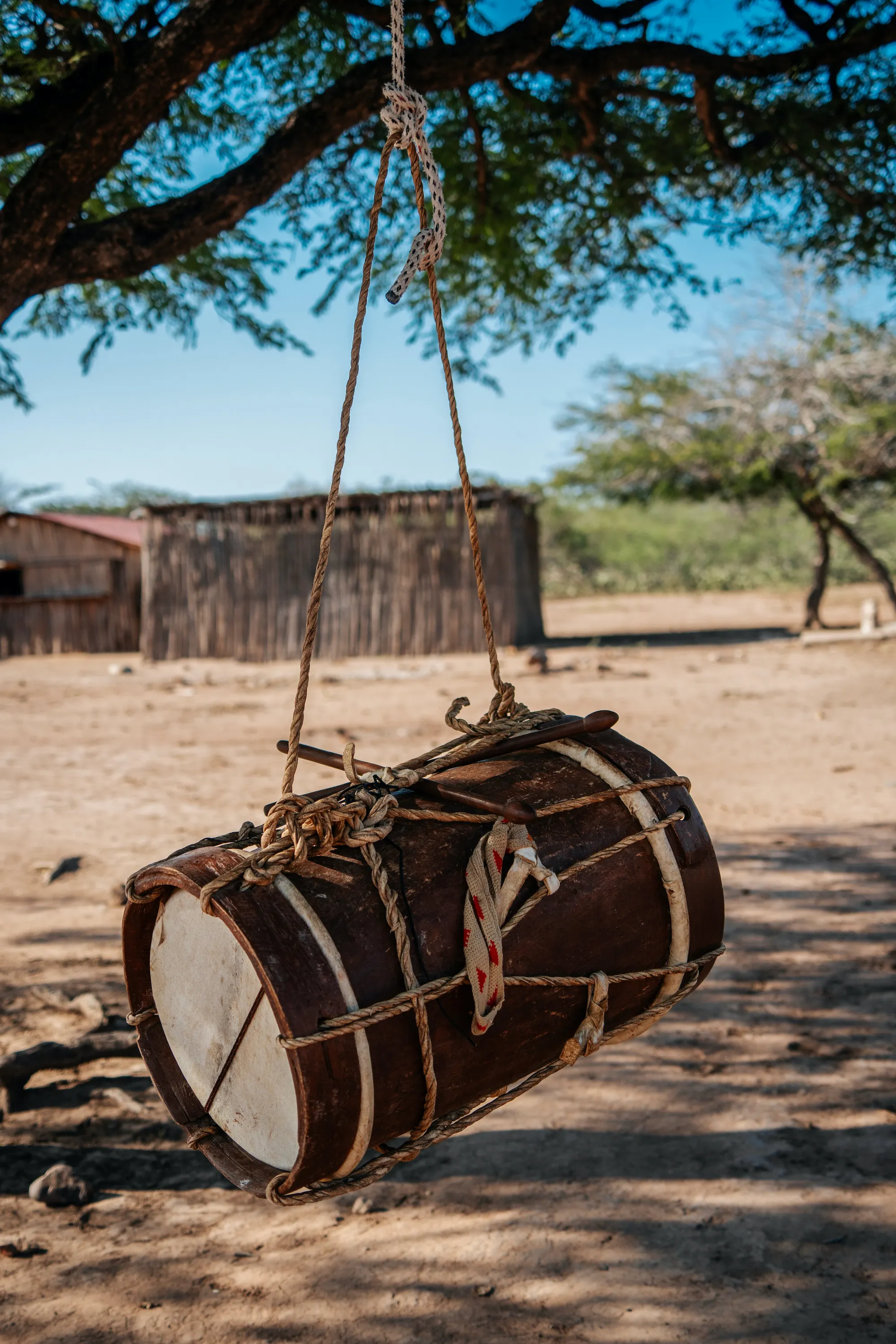
Photo by: Jhonny Salas
Sun protection: The sun in La Guajira is relentless. Bring sunscreen, sunglasses and a hat.
Hydration: Always carry enough water, especially if you plan to tour desert areas.
Respect the culture: If you visit Wayuu communities, ask before taking photos and support local trade.
Transportation: The roads can be difficult, so consider hiring local guides or 4x4 vehicles.
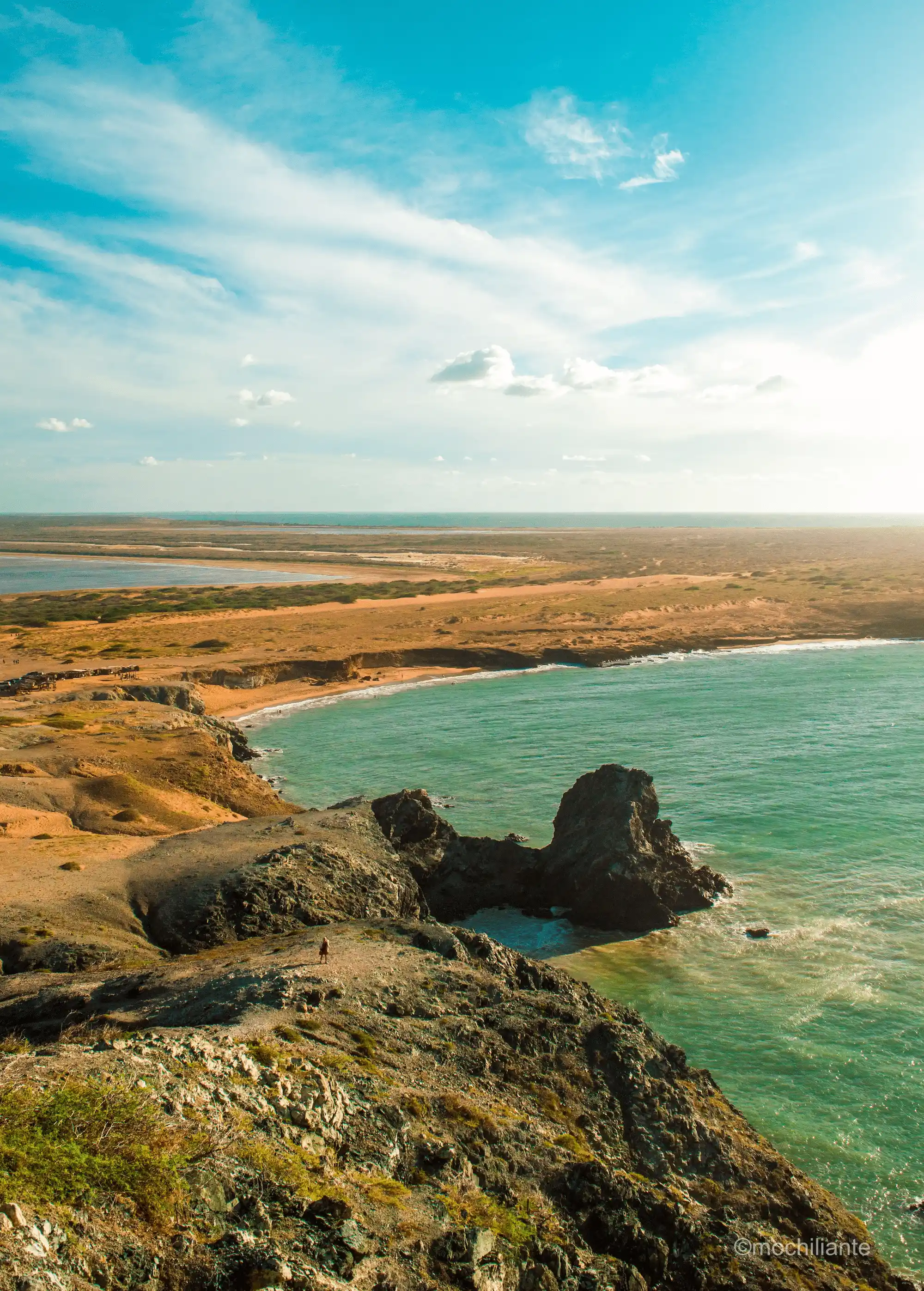
Is it safe to travel to La Guajira with children? Of course! Children will love exploring the desert and the beaches. Just make sure to protect them from the sun and carry enough water.
Can I travel with pets? Yes, but keep in mind that the climate is extreme. Carry enough water for your pet and avoid exposing them to the sun for a long time.
When is the best time to visit La Guajira? The dry season, between December and April, is ideal to avoid rains and enjoy clear skies.
What clothes should I bring? Light, comfortable and light-colored clothing, as well as closed shoes for walking in the desert.
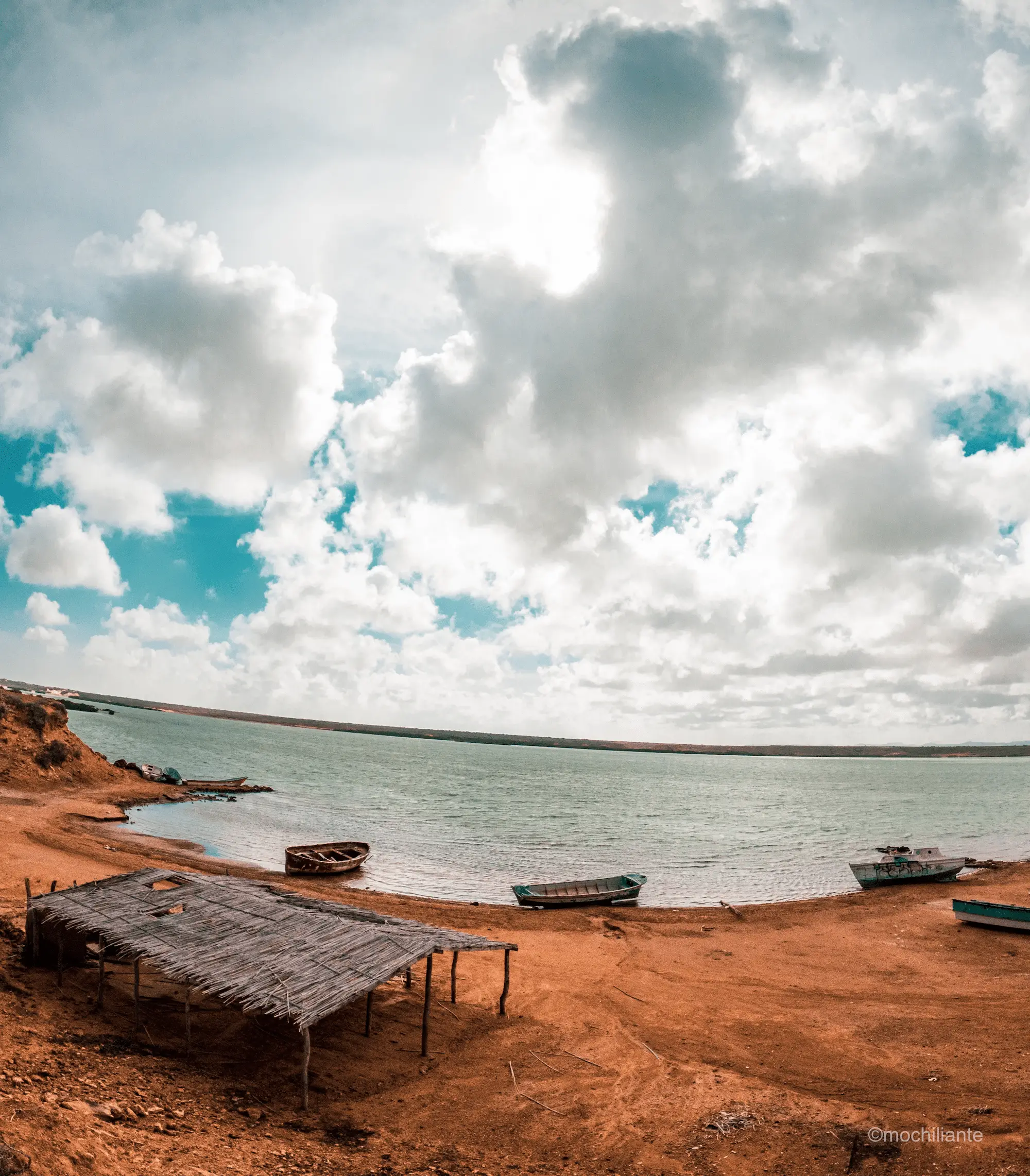
Backpacker! (Mochiliante) 😊visiting La Guajira is more than just a trip; it's an experience that connects you with the nature, culture and history of Colombia.
Follow us on Instagram @mochiliante
Join the Conversation: Comment, Ask, and Share!